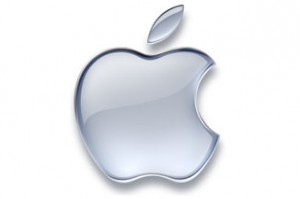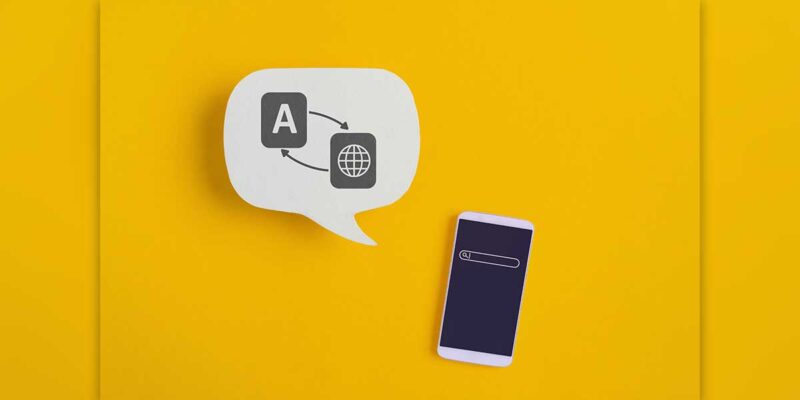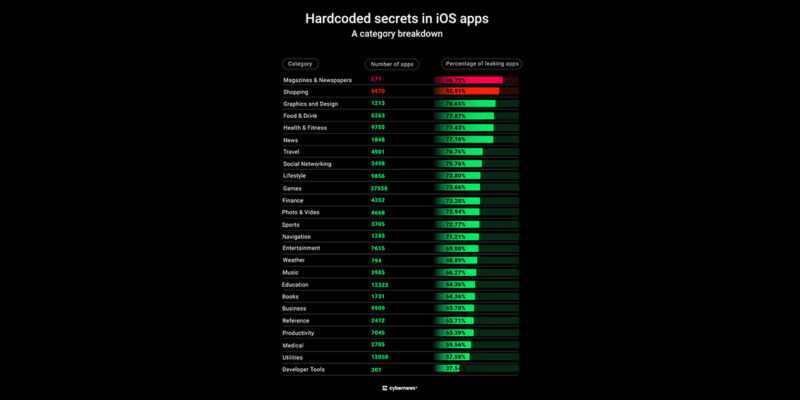Apple’s TV: Is Licensing the Solution?
Could ‘iWatch’ be the trade name for Apple’s TV and not a watch at all? In the latest piece of the jigsaw puzzle to be turned over, Tim Cook recently hinted that Apple may open its ecosystem; might this pave the way for a TV product?
While Apple connoisseurs might crave an Apple TV set (and afterwards an Apple car, house, etc.), the business case is far from clear. Obstacles include the high retail price, low margins and logistic complexity of high-end TV sets compared to the small high-value boxes at which Apple excels.
It is often forgotten that Apple made a brief foray into audio equipment with the iPod HiFi, something which it quietly discontinued in 2007. The company correctly discerned that the differentiation lay in the iPod, not the speakers – and a fertile market for audio systems in time strengthened the value of iPhones’ audio capabilities. In short, Apple gained more from encouraging a diverse world of audio systems than going it alone.
So maybe we are reaching that point again – how about an iOS-compatible TV? It would give an instant boost to set makers struggling to find relevance and uniqueness in their smart TV platforms. Apple could take a licensing fee – a no-risk strategy which would also strengthen iTunes’ hand in future content access negotiations based simply on its installed base. Apple could closely guard and specify the user experience (which it does best) while select TV brands focused on the manufacturing and logistics, at which they still excel. The only companies left out of this would be Samsung, who remains focused on beating Apple at their own game, and Google, whose TV hardware ambitions still seem stuck in neutral.
Apple’s corporate DNA has been extreme independence: Its first instinct is to exclude rather than cooperate with partners. But the lock that the iPod connector exerted is weakening rapidly, as wireless streaming replaces physical links. Miracast and Bluetooth audio mean that hardware accessory makers no longer have to choose between Apple and Android compatibility. Apple is also deeply wedded to hardware – iTunes and the App store are well-executed way to boost hardware sales, not independent businesses.
Apple’s problem is how to keep its platform big, while avoiding competing with itself. Apple has used its combination of hardware, content and services to drive the business and become the default choice for developers, but its platform strategy has to change if it is to continue to drive iOS device sales. With the smartphone market moving toward entry-level price points, the matter of its platform staying attractive to developers becomes important. TV is the obvious choice, as opposed to smartphones, where a low-cost iPhone might prove all too attractive to many existing customers.
This column is reprinted with permission from DisplaySearch and originally appeared here.






